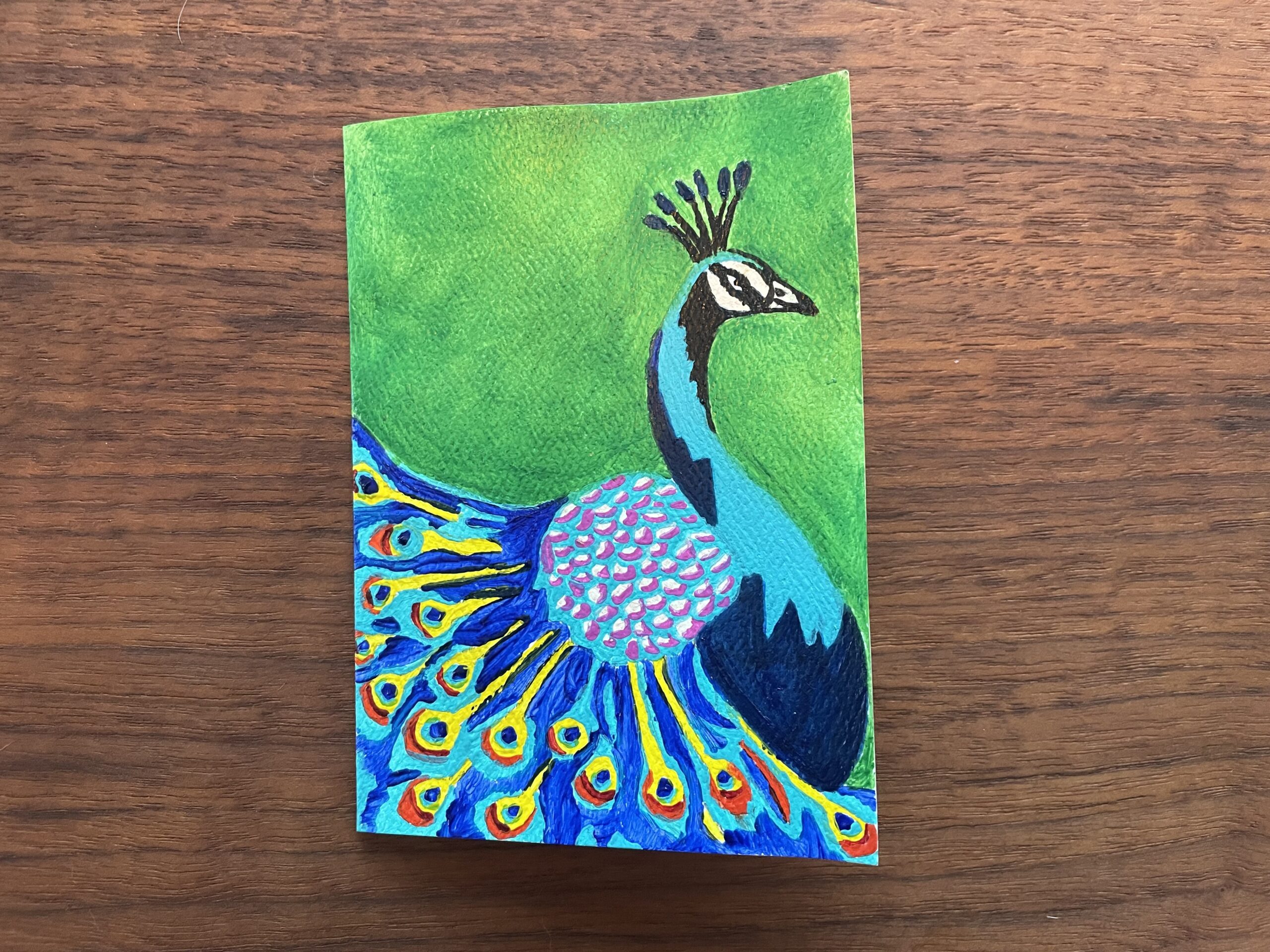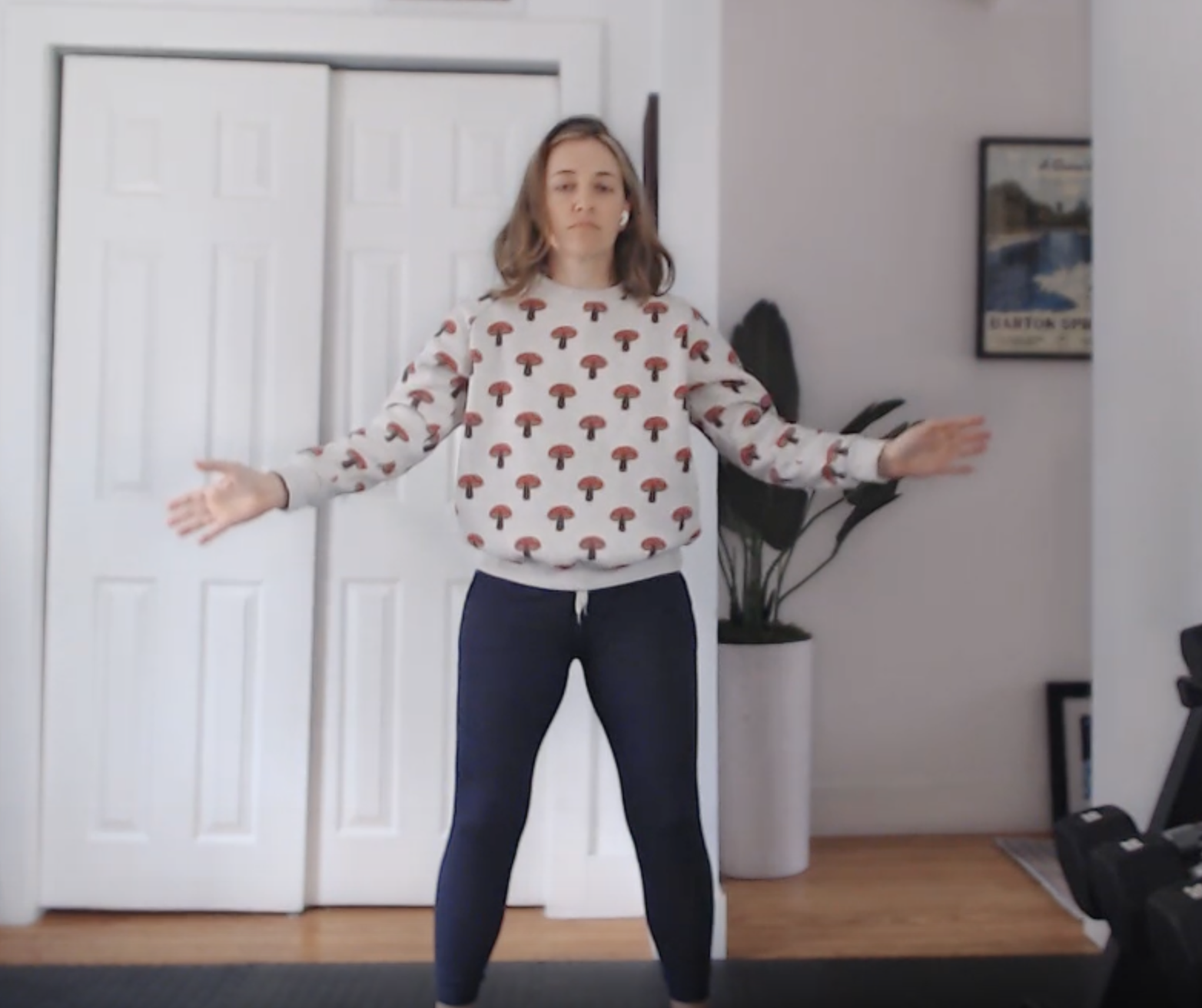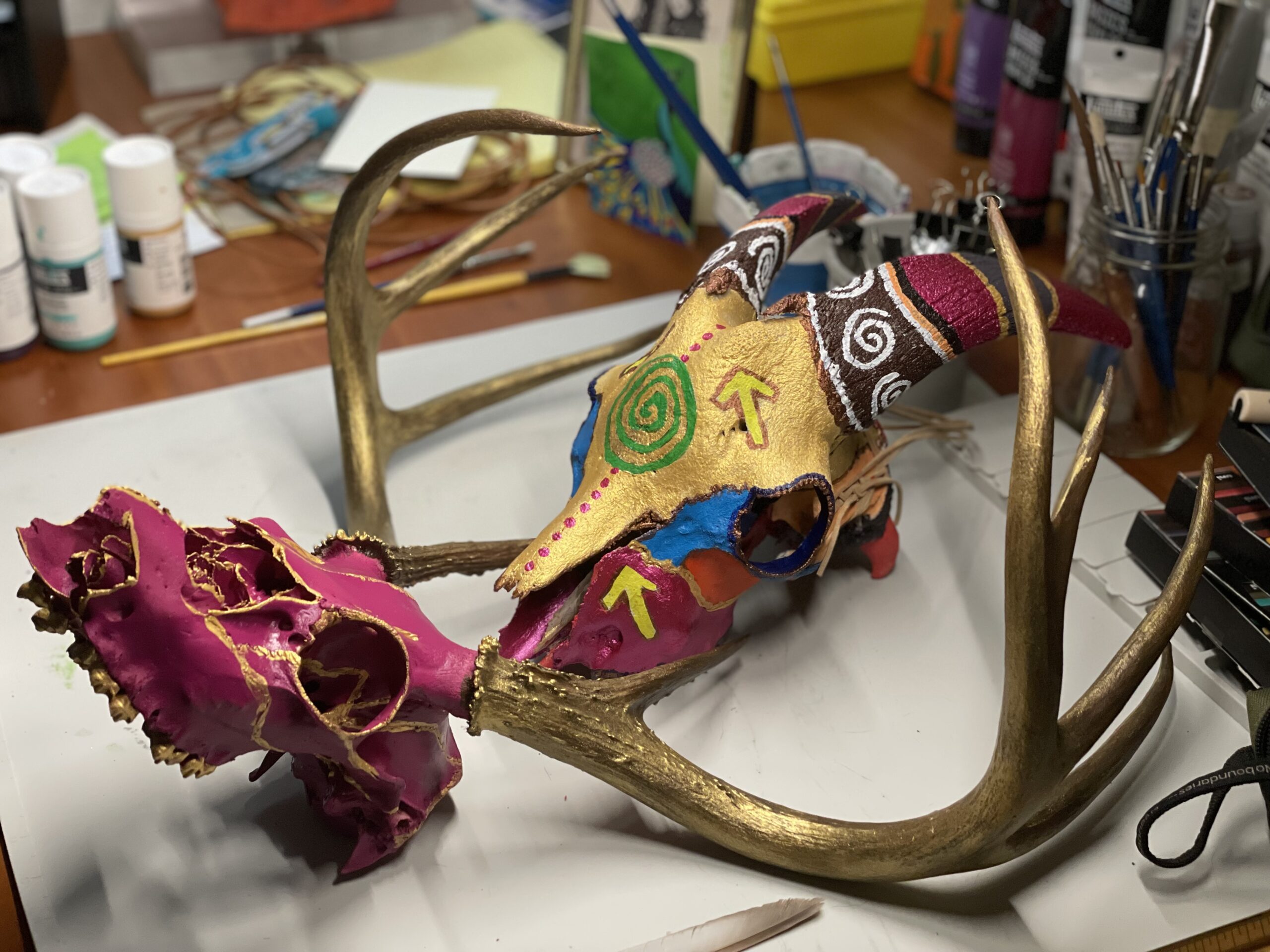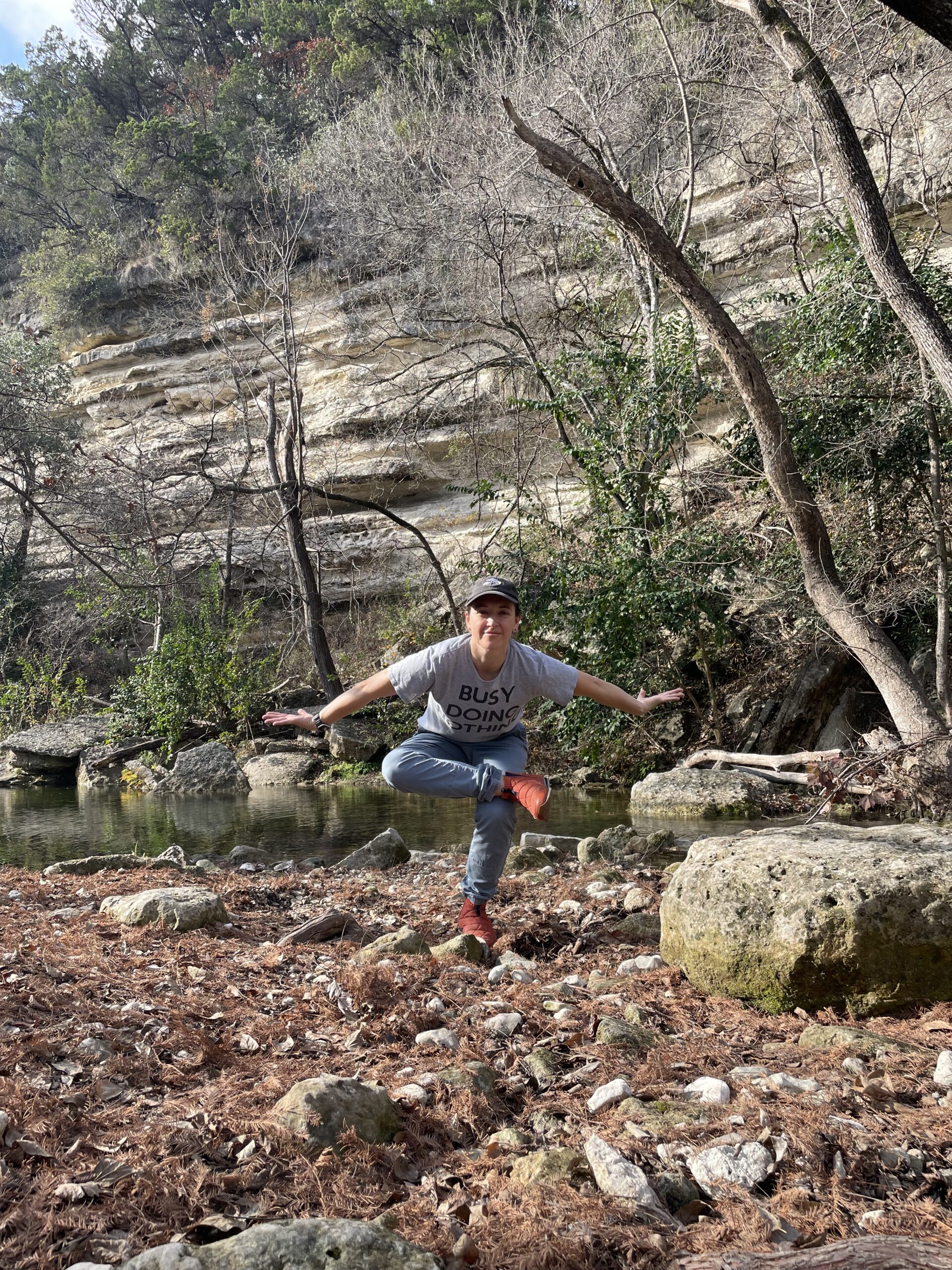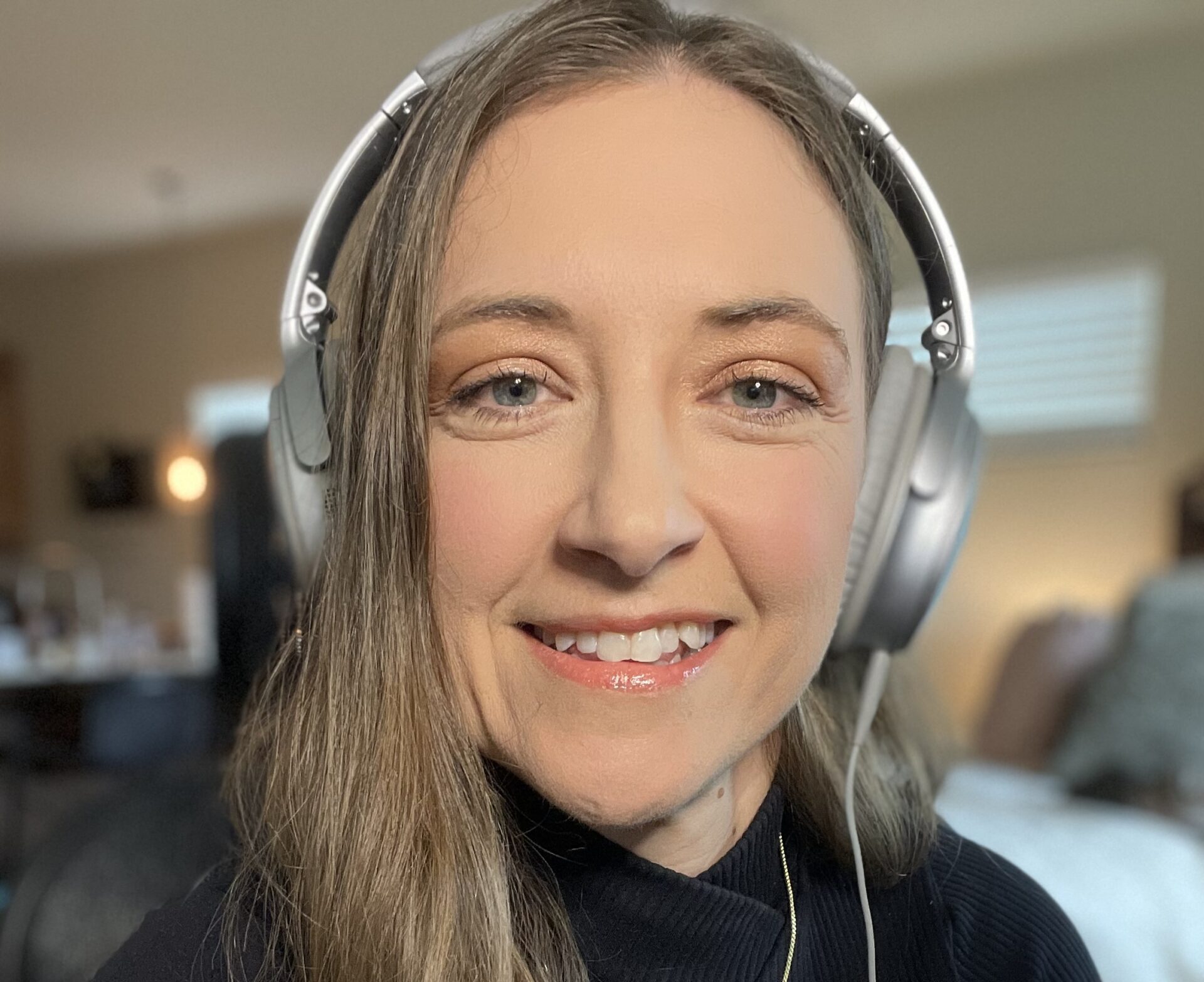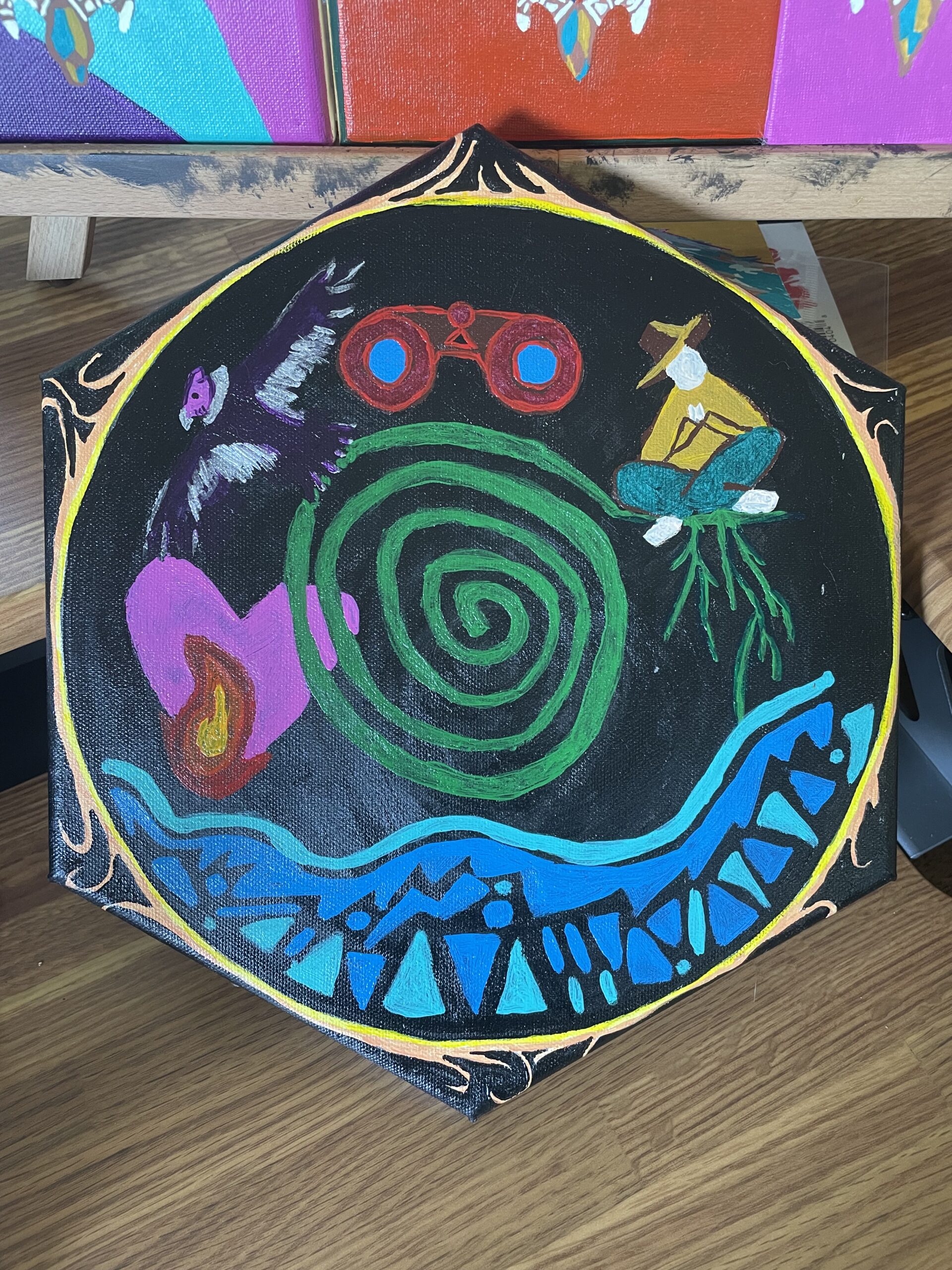
Just two days away from completing 100 Liminal Days, I’m looking at the blank space on my calendar after tomorrow and reflecting on what this project has taught me regarding the paradoxical relationship between structure and flow. Creating structure for my days offered spaciousness to discover who I am, what I want, and where I am going after exiting my business, and it taught me how to live a life in flow. Here’s how I’m carrying this lesson into my next chapter, too.
100 Liminal Days is an experimental project of embracing my current transitional season after exiting my business by sharing an honest, real-time account of my self-initiation experience in daily posts. Visit Day 1/100 to learn more and sign up to get the weekly recaps delivered to your inbox.
Embracing Paradoxes Beyond 100LD
The rigidity of 100LD has been intense, particularly at the beginning when a single post might be 3,000 words long and take me four or five hours to write. In addition to writing, I have maintained a relatively strict discipline and schedule for my keystone habits – Daily Pages, Qigong, Meditation, Prayer, and Exercise. I’ve dedicated a lot of time, energy, and effort toward creating and sustaining 100LD, but the irony is that this project has reciprocated abundantly, giving me back even more time and energy for spontaneous creative acts.
A funny byproduct of this project has been this recurring evidence that the life I desire for myself requires me to embrace and accept paradoxes. I’ve written quite a bit about how this has shown up for me in various themes, but today it feels fitting to acknowledge that my ability to hold tension between opposing forces will grow and serve me even beyond the realm of my liminal space.
Dynamic Unifying Opposition (DUO) to a Life Lived Well
My qigong teacher training continues for another month or so and I am learning so much about the practice, the nature of my body, the nature of energy and the pathways by which we can cultivate that energy within our bodies. One of the new terms I learned about is Dynamic Unifying Opposition, or DUO – an innovative movement principle of human movement and yoga.
According to the AI summary on Google:
Developed by Eoin Finn of Blissology Yoga, it is described as a biomechanical approach to yoga and general movement that focuses on creating balance, strength, and ease by applying “vectors of force that create grounded yet spacious yoga postures”. The concept aims to distribute physical loads smartly, promoting longevity, resilience, and a feeling of youthful movement.
Vectors of force that create something grounded yet spacious. That also aptly describes what 100 Liminal Days has done for me, and I think this might be the “secret” to a life lived well. What works for the body, works for the soul. What principles exist in nature, exist in the spiritual realm, too. This surprising lesson of the liminal has been to see how the body offers this wisdom for the soul, and the overarching theme of that wisdom has centered around this concept of holding tension between opposites.
Here’s why it works:
When we hold the body in a posture too rigidly, we cut off the flow of energy, breath, and blood – all key sources of life. This is okay temporarily and occasionally, but if the flow is disrupted too long, our bodies will die.
When we live a life too structured, we cut off the flow of life from our Source. We leave no room for spiritual support and collaboration to flow through us.
On the other hand, without our skeletal system, our bodies would be nothing more than a shapeless sack of gelatin-like tissue and fluid.
To live a life without structure, our existence metaphorically resembles something of the same. Whether talking about the body, or our life in general, this doesn’t paint a pretty picture.
For a more pleasant visual, let’s go back to the sailboat analogy my qigong teacher used when talking about why we stand in the Wuji standing meditation posture. We hold this position with a slight amount of tension that spreads the internal web of fascia, opening the energy pathways throughout our body so we can catch the Qi (energy) flow.
For our life to feel in flow, we must have the appropriate amount of structure in place to harness the flow of Spirit. We are spiritual beings (flow) in a physical form (structure). I referenced Proverbs 16:9 on Day 94/100. Our minds plan our way, but the Lord directs and establishes our steps. It’s a collaborative effort. Both parts are necessary to create a dynamic unifying opposition that promotes longevity, resilience, and a feeling of youthful movement. This DUO is our anchor to the present moment.
Dharma Sprints in 2026
I’m not leaving those empty spaces on my calendar, but I’m not packing it full either. This is why dharma sprints are so critical to fulfilling my intentions in 2026.
A dharma sprint is a block of time devoted to working on purposeful tasks while eliminating all distractions. When I sprint, I turn on Do Not Disturb settings and I stay off social media, texts, websites, and anything else that may be a distraction from the task at hand.
I intend to keep 3-hour dharma sprints each day going, and filling that time with meaningful work – one day at a time. Writing another book, launching a podcast, teaching qigong, painting, meditating, listening for the whisper of my soul – this is what flows within my structure.
Create Structure As You Plan Your 2026
As you are likely thinking about your own intentions for the next Gregorian year, let yourself dream big first. Write down all that you want to see come to fruition in this new year.
Perhaps even consider making a mandala. This is something I’ve done for the last two years, and I love this tradition – simply draw a big circle, then draw images inside the circle to represent all that you want for the year. Keep it nearby throughout the year and watch how your desires become reality. I’ll make a new one in January and share about that here on the blog.
Just like when building a house, when you are done with the blueprint, it’s time to build the structure. Think about it – it’s the structure that creates rooms. It’s in these spaces that we prepare our food, do our work, rest, and make memories with those we love. It’s within the space between the walls that we nourish life, not in the walls themselves.
The structure we need to accomplish our goals and live out our dreams begins with managing our time. Plan your way, and let God direct your steps. Hold the tension when you don’t know what to do next. Hold and protect the space on your calendar.
Together, let’s give ourselves this space to listen for the whisper in 2026, and go make this our best year yet.
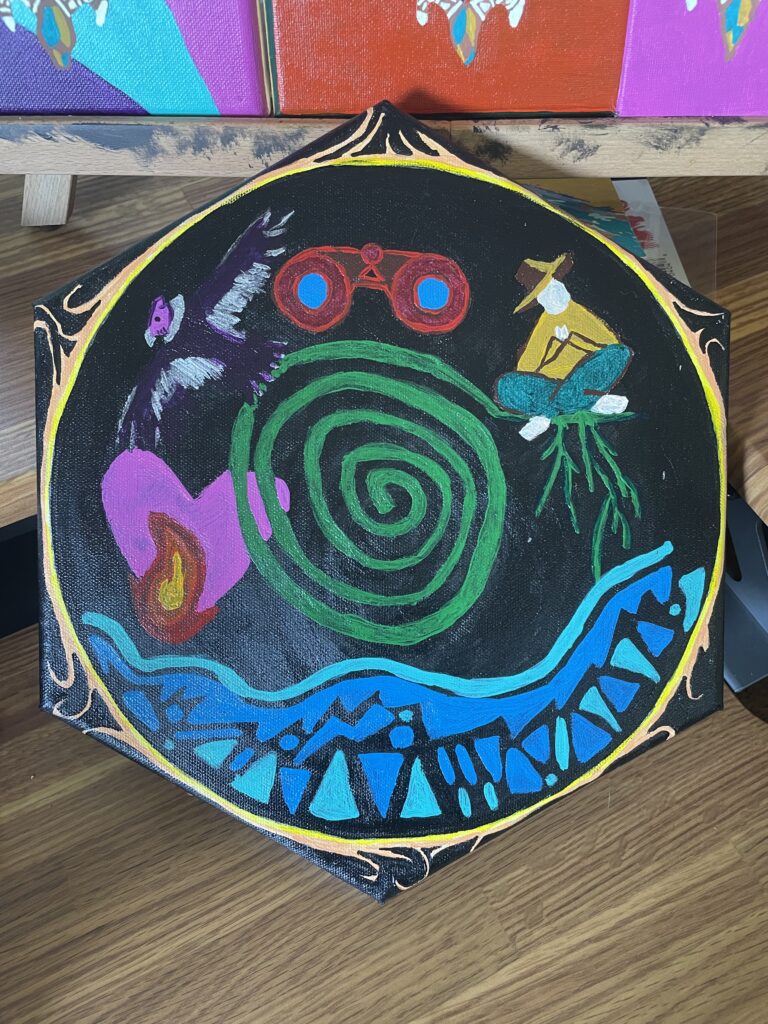
Weekly recaps of 100 Liminal Days are emailed on Tuesdays only to my newsletter subscribers. If you want the summaries, share your email here to get on the list. You’ll also instantly receive a free Notion template I use every single day to track my habits and reflect on the day.
Read full Post
All Posts
Get "100 Liminal Days" Weekly ReCaps
100 Liminal Days is an experimental project of embracing my current transition season after exiting my business. I'm sharing an honest, real-time account of a self-initiation experience following The Artist's Way course in daily posts which are usually 1,500-3,000 words long.
If you'd like to receive shorter weekly recaps via my newsletter on Tuesdays, sign up below. When you subscribe, you'll also receive my free Mindful Rhythms Notion Journal Template.
